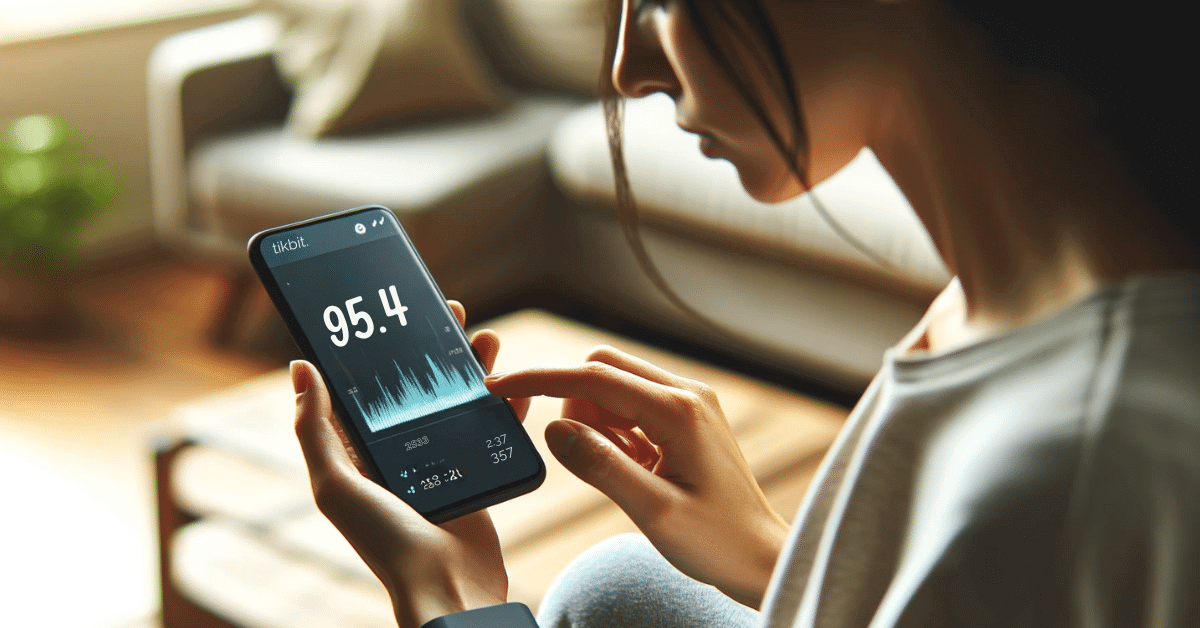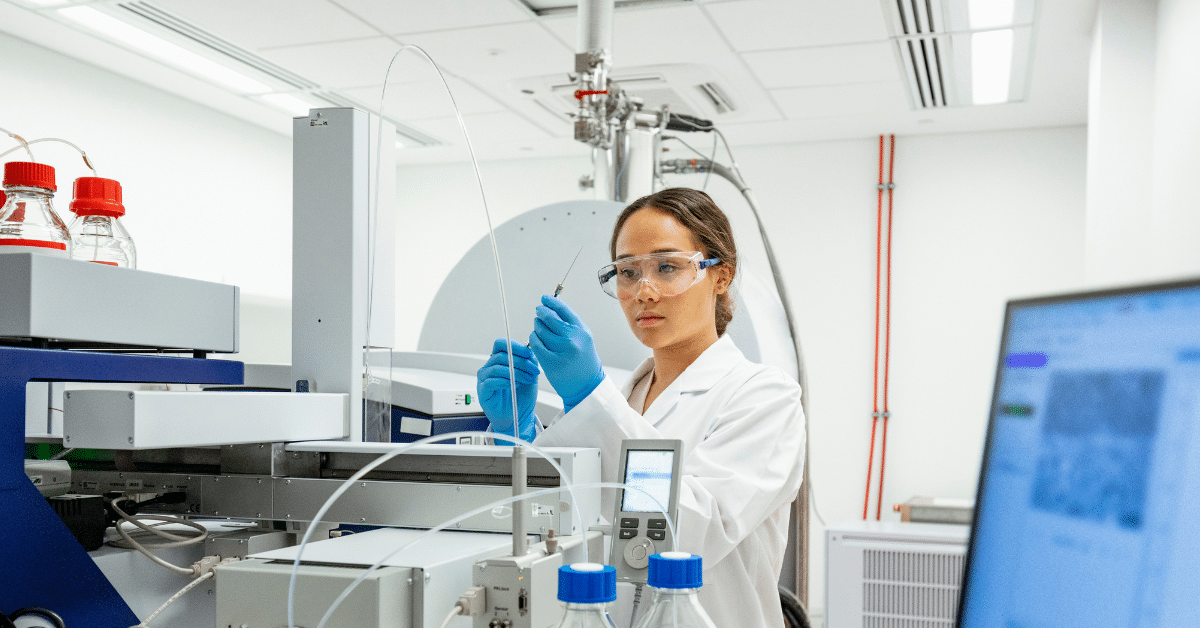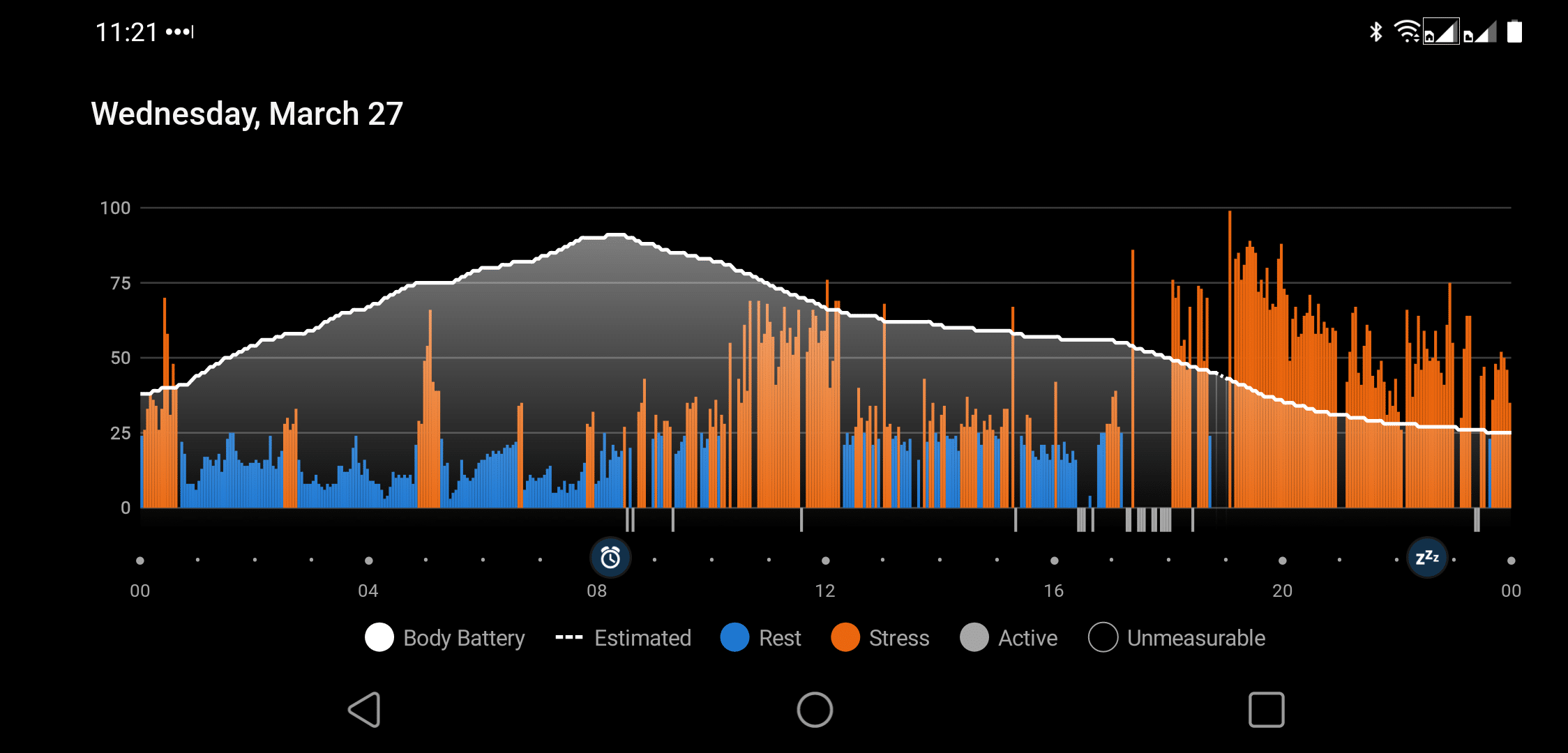In recent times, Fitbit devices’ ability to monitor skin temperature has become a key feature for individuals focused on personal health monitoring 1. This function offers detailed insights into bodily changes and is crucial in enhancing our understanding of personal health patterns and anomalies.
How does Fitbit track skin temperature?
Fitbit tracks skin temperature by using sensors to monitor variations throughout the night, comparing them to your baseline. This function, found in specific models, must be enabled in settings. It offers insights into health by detecting changes that might indicate stress, illness, or recovery.
Key Insights on Fitbit Temperature Tracking
- Supported Models: Only select Fitbit devices like the Sense and Versa series offer this feature.
- Setup: Enable from the device settings to start monitoring your skin temperature.
- Accuracy: Designed to identify variations rather than provide exact temperature readings.
- Data Interpretation: Tracks overnight skin temperature changes, offering vital health insights.
- Health Monitoring: Useful in detecting potential signs of illness or stress.
- Battery Impact: Continuous tracking may lead to quicker battery depletion.
Understanding Skin Temperature Tracking
Navigating the world of health monitoring with a Fitbit on your wrist is like unlocking a secret level in a video game. Suddenly, you can access a treasure trove of data about your body, including the nuances of your skin temperature.
Why does this matter, you ask? You’re moonlighting as your health detective by monitoring your skin’s heat levels, especially at night.
This detective work is crucial because your body’s temperature variations can be the first sign of many things – from the onset of fever to the subtle hint that your bedroom is too darn hot. Fitbit transforms these temperature readings into easy-to-understand charts, making it a breeze to track temperature changes over time.
Disclosure: Some of the links in this article may be affiliate links, which can compensate me at no cost if you decide to purchase. This will help grow this site and help more people. Thank you for making a difference!
Health Insights from Your Temperature Data
The data your Fitbit collects isn’t just numbers and charts; it’s a vault of personal health insights waiting to be unlocked. Interpreting these skin temperature readings can illuminate patterns you might have missed, like the body’s cryptic way of telling you, “Hey, something’s up.” Perhaps it’s signaling an impending cold or that your new workout routine is making you sweat more than usual.
This temperature tracking can become a cornerstone of your health regimen. Monitoring your nightly skin temperature might highlight when your body is under stress or even in the prime of relaxation. It becomes a nudge, a gentle whisper urging you to swap that extra cup of coffee for a glass of water or reconsider the wisdom of binge-watching shows until 3 a.m.
Exploring Skin Temperature and Ovulation
One surprising chapter in this narrative is the relationship between skin temperature and ovulation. Other wearables also use Wrist Skin Temperature (WST) to track fertility. Evidence is mixed, but recent studies have found that surges in WST match ovulation in 82% of the analyzed cycles.
By observing the subtle shifts in skin temperature associated with ovulation, Fitbit isn’t just a fitness tracker; it morphs into a companion on the journey of fertility tracking. This insight provides a unique lens through which one can view one’s menstrual cycle, offering a glimpse into the body’s inner workings without invasive interventions.
By harnessing this data, women can better understand their fertility, turning their Fitbit into a tool that tracks steps and strides made in personal health and family planning. Your mileage may vary, though.
Personal Thoughts
In my quest to manage stress, I’ve explored numerous avenues, often with disappointing outcomes. Incorporating Fitbit’s skin temperature tracking into my routine offered a new perspective. It became a tool, not the solution, providing data that helped me understand my body’s reactions to stress more clearly.
Seeing the tangible evidence of how my stress levels fluctuated, especially at night, reminded me of the importance of striving for balance. It’s a reminder that while technology can guide us, the real work in managing stress lies in consistently applying proven stress-reduction techniques.
Frequently Asked Questions
Which Fitbit models offer skin temperature tracking?
Fitbit Sense and Fitbit Sense 2 use a dedicated sensor to estimate your skin temperature variation during sleep sessions. Fitbit Charge 4, Charge 5, Charge 6, Google Pixel Watch 2, Fitbit Inspire 2, Fitbit Inspire 3, Fitbit Luxe, and Fitbit Versa series surface your sleep-measured skin temperature variation through existing sensors.
How accurate is Fitbit’s skin temperature monitoring?
Fitbit’s skin temperature monitoring is designed to detect changes rather than provide precise readings. Its accuracy is optimal for identifying variations and trends in your nightly skin temperature compared to your baseline, making it useful for monitoring overall wellness and potential signs of bodily stress or illness.
Can I use Fitbit to track fever or illness?
While Fitbit can monitor nightly skin temperature variations, it’s not intended for medical diagnostics, including fever detection. Instead, it offers insights into potential signs of stress or illness by highlighting changes in your skin temperature trends and encouraging further investigation with healthcare professionals if necessary.
Does skin temperature tracking affect Fitbit’s battery life?
This question, often overlooked, addresses an important aspect of using advanced features. Yes, enabling skin temperature tracking on a Fitbit device can impact battery life due to the continuous use of sensors required to monitor changes. Users may notice a slightly faster battery drain when this feature is active than when it’s disabled.




